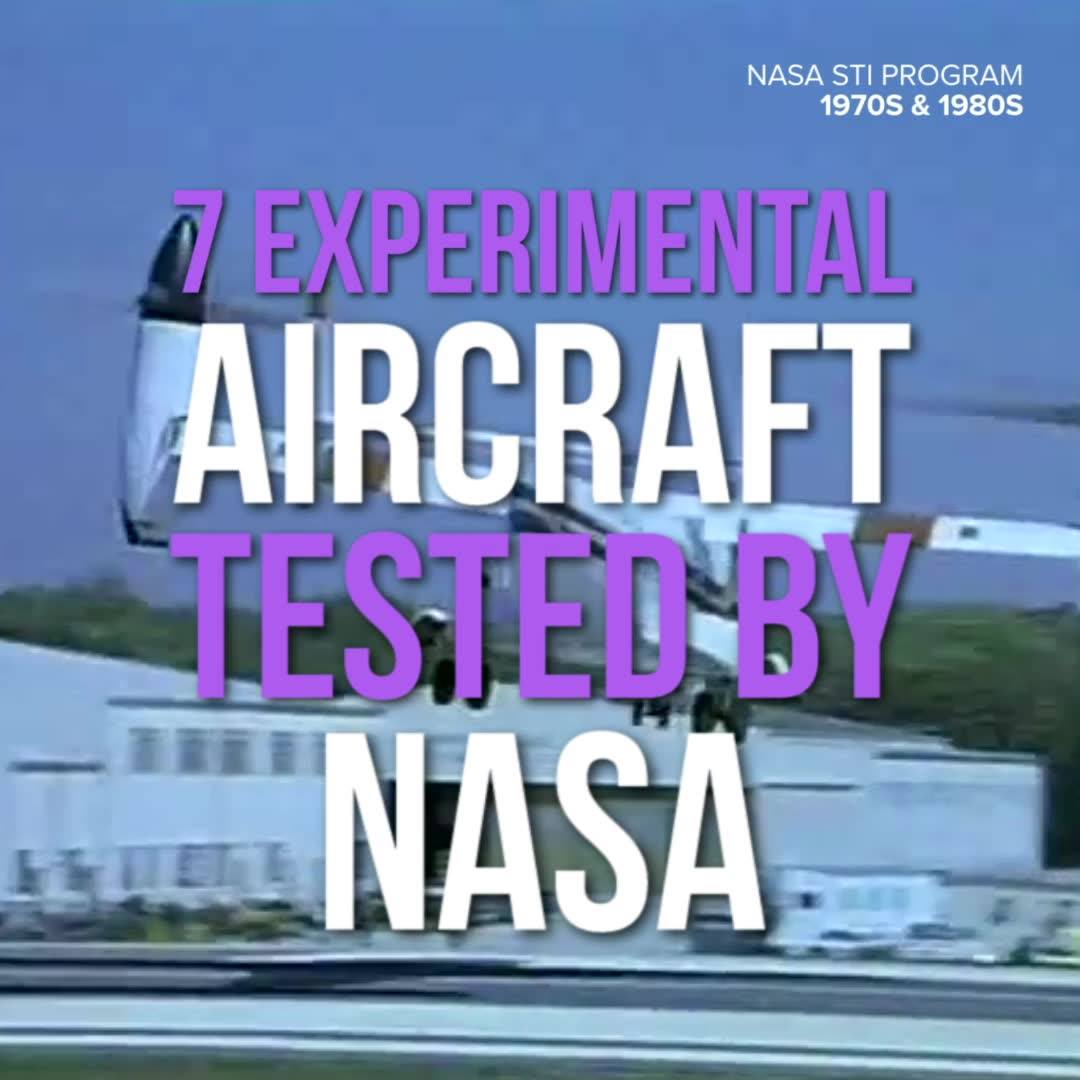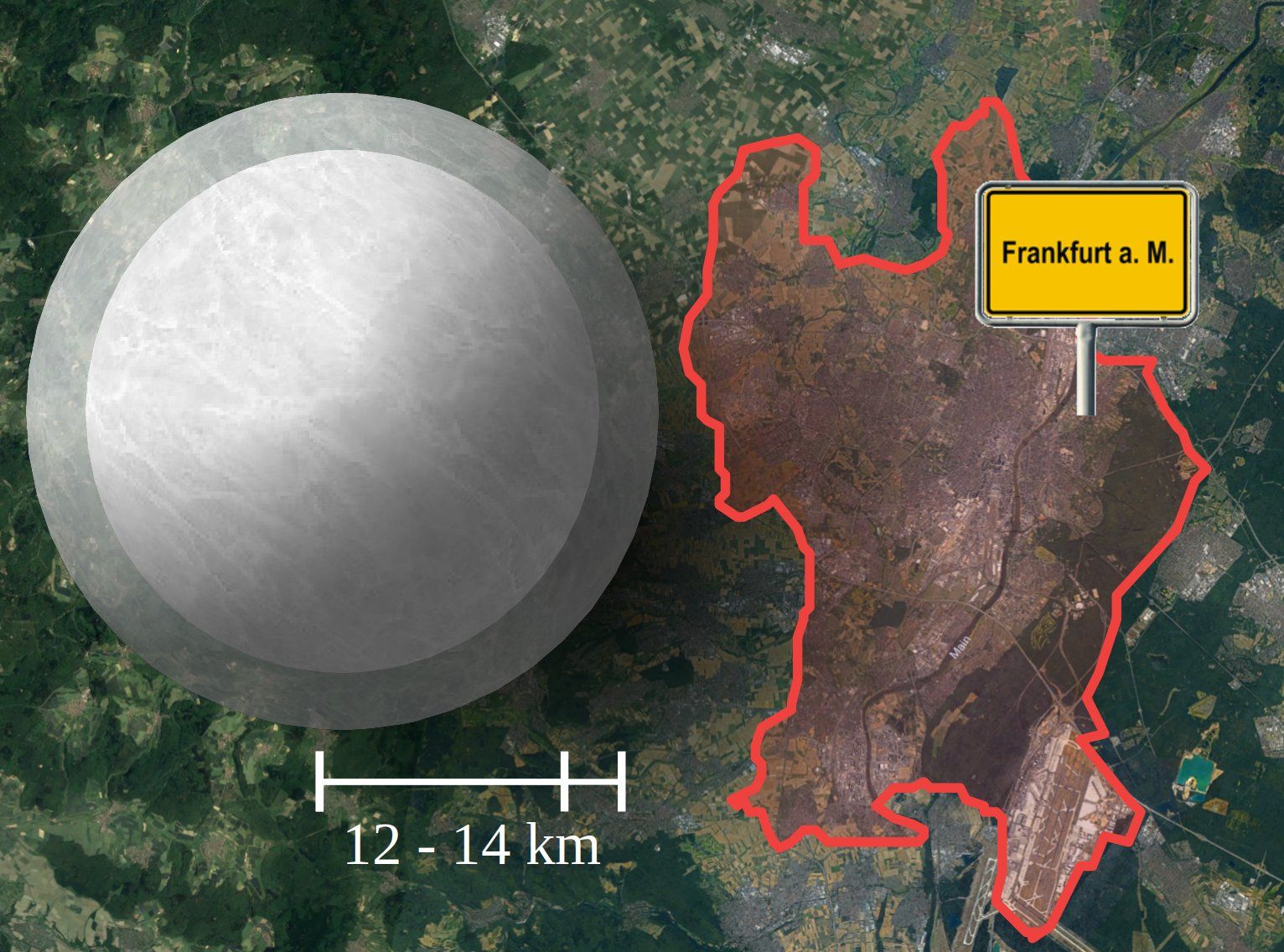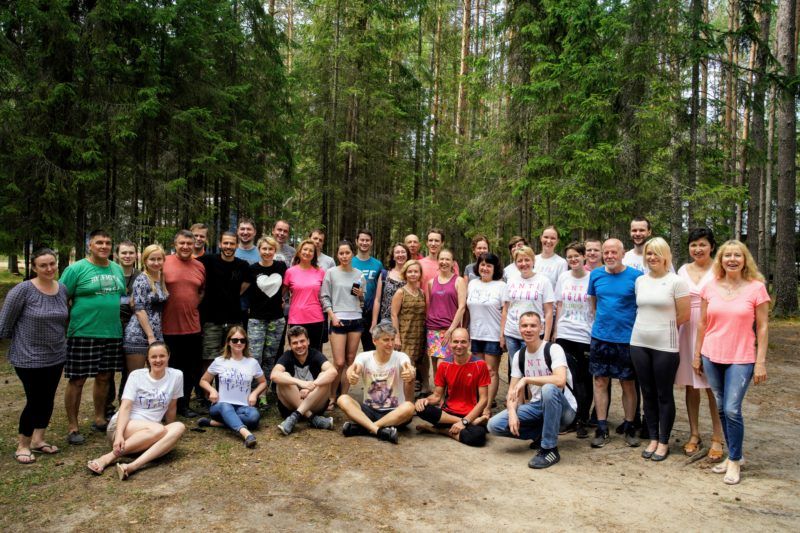Jul 12, 2018
Public Health Officials Warn This STD Could Become a Superbug
Posted by Genevieve Klien in categories: biotech/medical, health
Sexually transmitted infections can be worrisome and embarrassing, but with a few notable exceptions, most of them are quite treatable these days. Unfortunately, a new one may be on the rise. British public health officials say that Mycoplasma genitalium, a bacterial infection known as MGen for short, could soon become immune to antibiotics. If this happens, the bacterium would become what’s known as a superbug, the growing class of bacteria that have developed resistance to antibiotic drugs.
The bacterium, which can live in humans’ urinary and genital tracts, is transmitted through sexual intercourse. Women infected with the bacterium can experience pelvic inflammation and cervical inflammation, while men can experience inflammation of the urethra. An infected patient would feel these symptoms, generally speaking, as pain. Perhaps most disconcertingly, though, sometimes the infection will not cause any noticeable symptoms, meaning that an infected person can transmit it without even realizing that they’re doing so. If the infection is left untreated for too long, it can cause female patients to become sterile.
In response to the emerging threat posed by MGen, the British Association for Sexual Health and HIV on Sunday issued its draft guidelines for dealing with MGen. The organization also warned that antibiotic-resistant MGen could become much more prevalent in the coming years.
Continue reading “Public Health Officials Warn This STD Could Become a Superbug” »



















